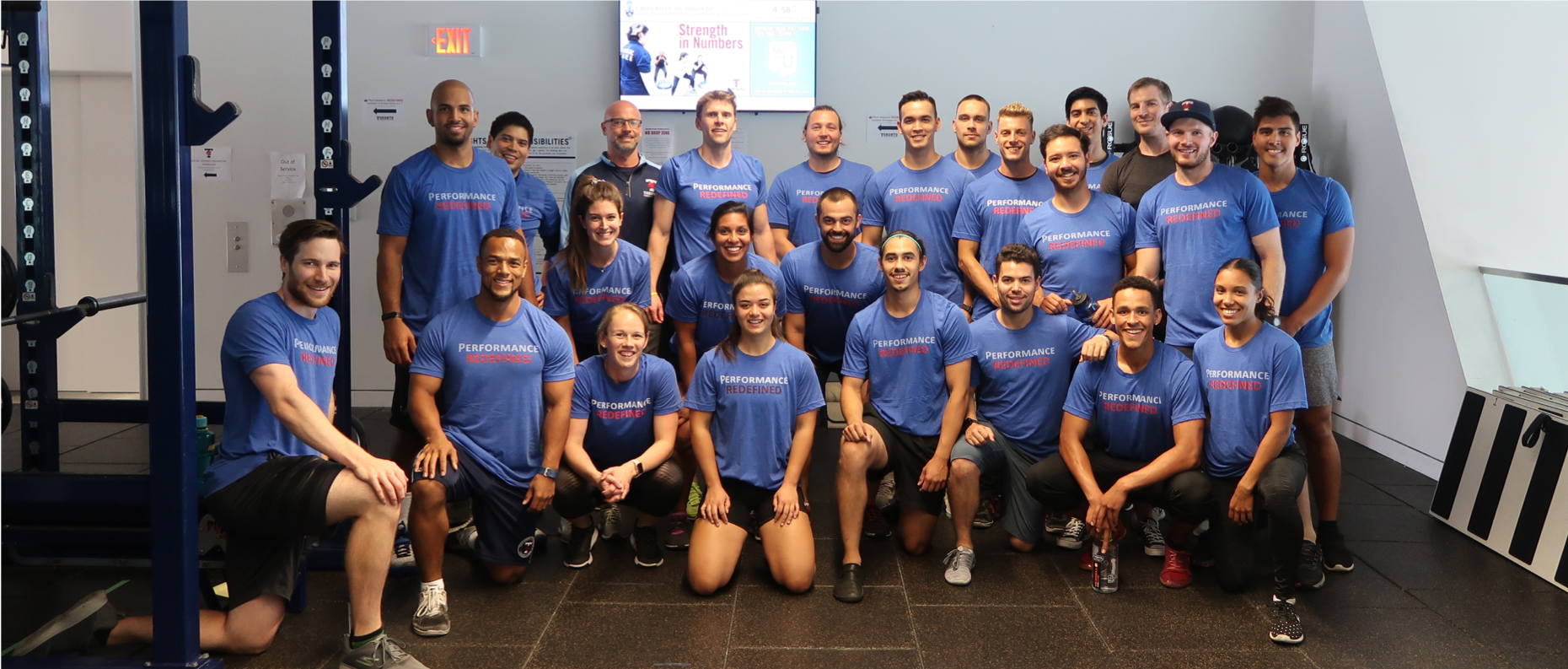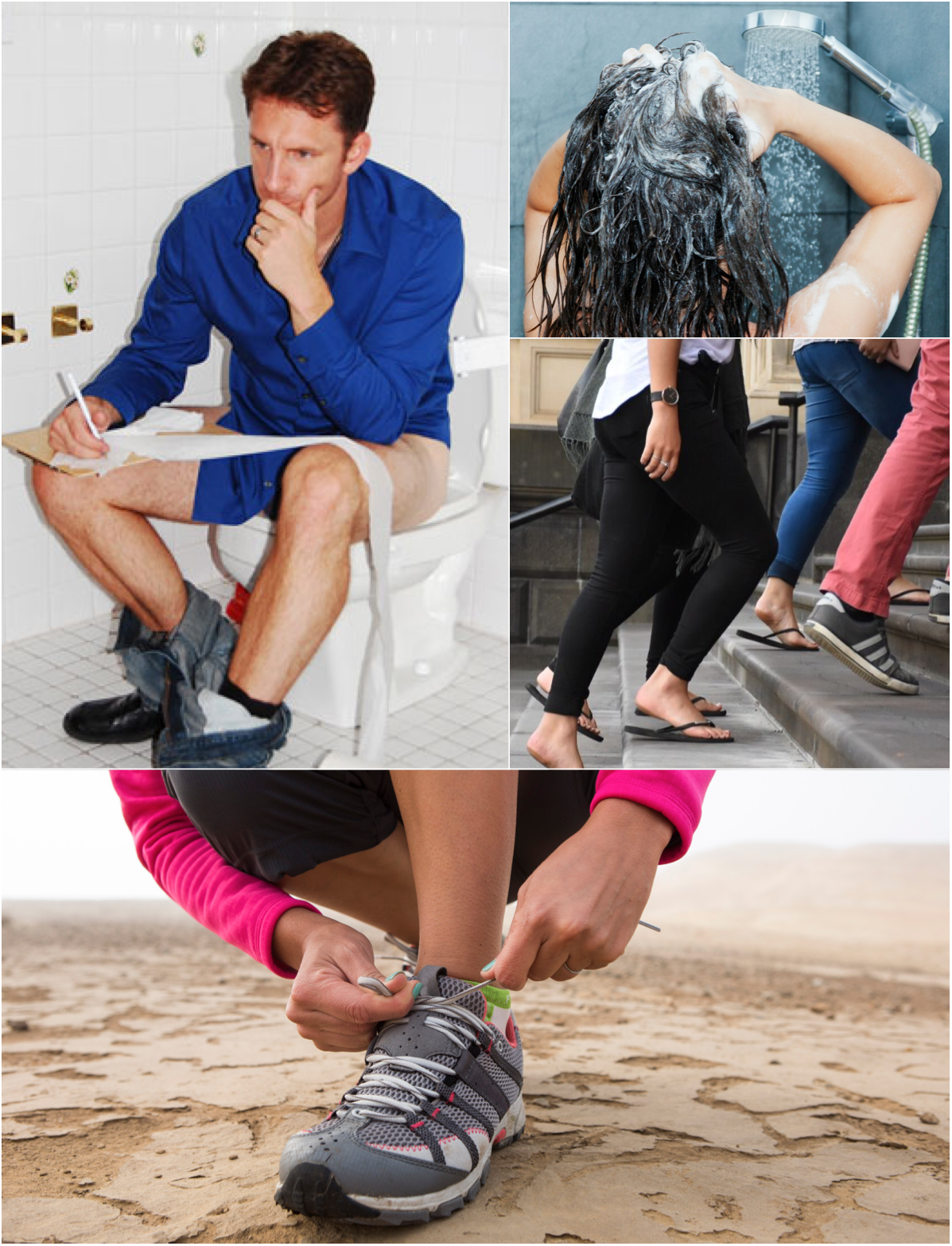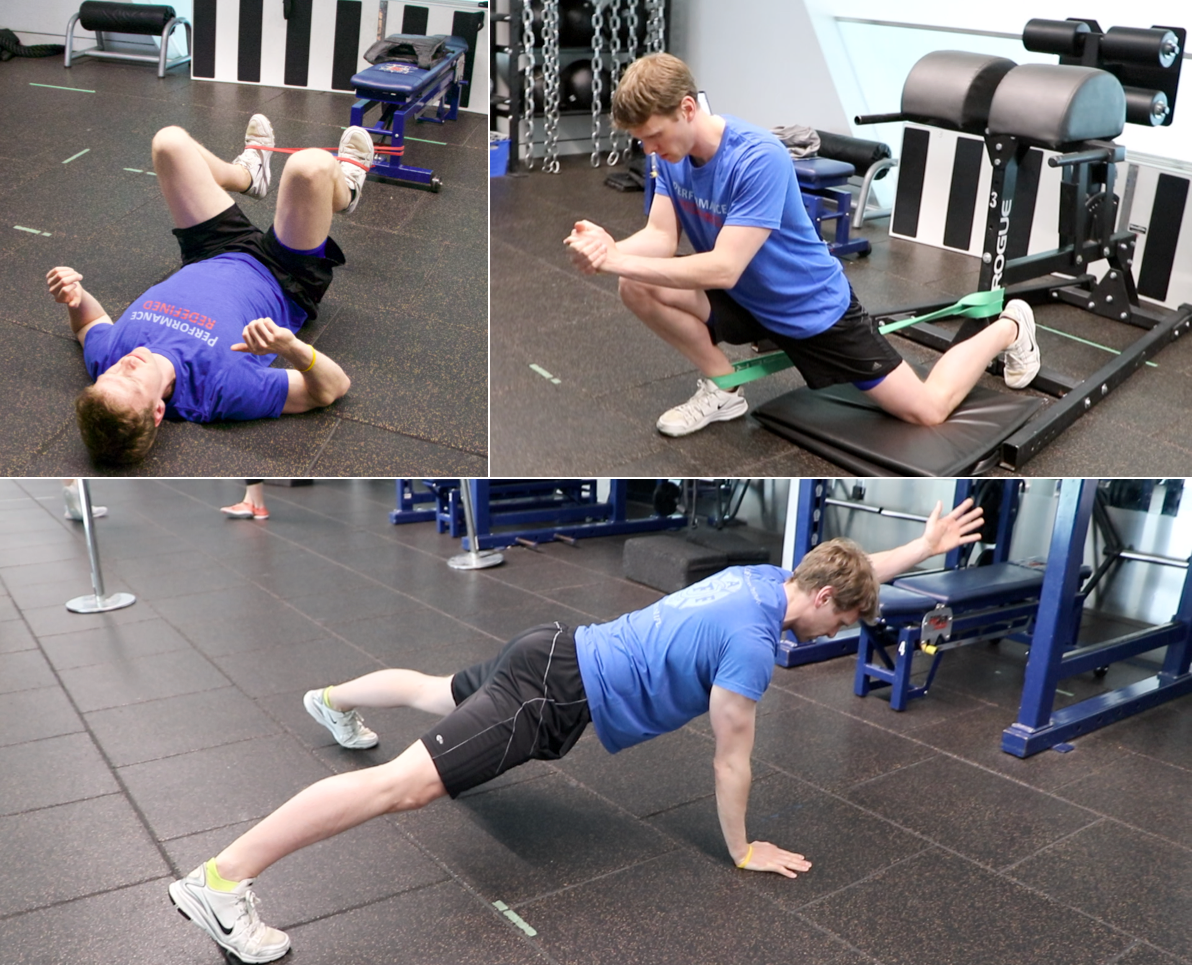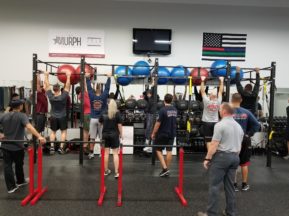Why Mobility Matters
On any given day, the way we walk, get of bed, put on our pants, etc. will be influenced by how much joint range of motion we have (passive) and access (active) through the coordinated contraction of our muscles. Possessing the motivation, knowledge and fitness to perform a specific physical activity may mean very little without the requisite mobility.
For these reasons, mobility should be one of, if not the first piece of information gathered when assessing a client’s physical needs. Knowing whether they have the ability (passively or actively) to place their body in specific positions will shed light on their available movement solutions and help to personalize any exercise, education or coaching recommendations.
The Mobility ScreenTM
The Mobility Screen comprises a series of 10 tasks that can be used collectively to ‘rule out’ the presence of an ankle dorsiflexion, hip flexion, or shoulder flexion mobility restriction. The 10 tasks are separated into 3 categories (or grades) each differing in complexity and joint range of motion demands.
GRADE 3 tasks require a combination of ACTIVE ankle, hip and/or shoulder mobility.
GRADE 2 tasks require one of ACTIVE ankle, hip or shoulder mobility.
GRADE 1 tasks require one of PASSIVE ankle, hip or shoulder mobility.
The Mobility Screen can be used to categorize performers as having: A) active and passive mobility, B) passive but not active mobility, and C) no active or passive mobility.




